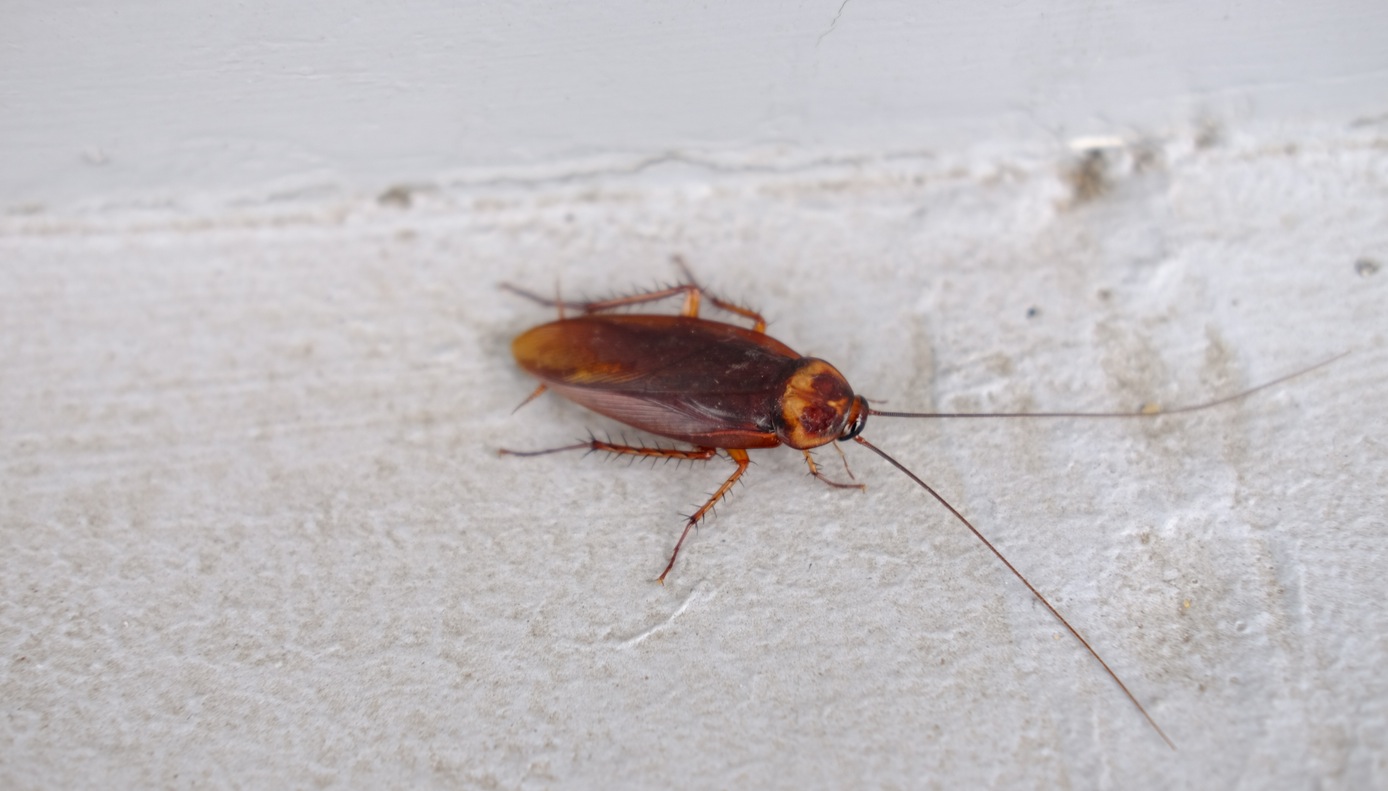The humble cockroach might be small and innocuous, but as every California homeowner knows, big problems hide within these small, winged packages; every season is roach season. Unlike many pests who have seasonal surges and ebbs, the cockroach is an all-season, 24/7 pest. If there’s a hospitable area they can use to feast and breed, they’ll be more than happy to exploit it.
Heading as we are into the hottest part of summer, we thought we’d take a moment to share with you some expert advice on preventing roach infestations, as well as what to do if you suspect you have some unwelcome guests lurking in your home.
Fast Facts: Roach Edition
Of the six species of cockroach commonly regarded as pests in California—German, brownbanded, smokybrown, oriental, American, and Turkestan—the biggest threat, and the one most commonly encountered by homeowners battling an infestation, is the German cockroach. This nasty little pest is nocturnal and prefers indoor climes with plentiful hiding places and easy access to resources (such as your typical kitchen and bathroom).
A Serious Health Risk
Many people find roaches inherently disgusting, but beyond the “ick” factor lies a serious risk for disease, food poisoning, and destruction of property. Roaches can carry everything from staph bacteria (Staphylococcus) to salmonella and shigella, as well as hepatitis, typhoid, and dysentery. They can also contaminate just about any surface they touch, and since roaches often travel some pretty unsettling roads (including sewers), the risk of secondary infection is significant.
Roach Season: A Never-Ending Cycle
The famed survivor skills of roaches can be traced in part to their prodigious breeding. In ideal conditions (ideal for the roach, anyway), a single female German cockroach can start a breeding explosion of up to 30,000 roaches in a single year. Summer is especially welcome to roaches, who tend to lay more eggs when it’s warm, but cockroaches will breed as often as possible, wherever possible.
Do You Have a Roach Infestation?
A rule of thumb for roaches says that for every roach you can see, there’s a dozen or more you can’t see. Now, as folk wisdom, this is hard to beat, but identifying a real infestation requires a little bit more. Roaches share breeding, eating, and living space at all stages of life, so knowing if you’re looking at an adult (with well-developed wings and firm coloration) or a juvenile (without wings, and generally smaller in size) is important. A large number of juveniles can be a sign you’ve got a large breeding population of roaches.
Ultimately, roaches thrive wherever circumstance and resources let them do so. So the best approach to dealing with any roaches you find is to make your home as inhospitable to the persistent little critters as you can.
Dealing with Roaches
As opportunists, roaches will eat and multiply to the limit of available space and resources (and sometimes beyond!). So your best approach in managing a potential infestation is a multi-fold approach that removes food, hiding places, and the roaches themselves.
Sanitization is your best friend when it comes to fighting roaches. Going the extra mile to sanitize food prep areas and restrooms, as well as removing any containers or clutter that could create shady hiding places, is a great start. Storing your food in insect-proof containers, keeping your trash cans away from doorways, and dealing with any leaky plumbing can make a significant difference as well.
If you’re thinking of trapping the roaches directly, stick to traps and avoid sprays, which are not as effective as traps and might simply spread out the roaches. Traps and baits also have the advantage of allowing you to track how many roaches you’re capturing, and which kind.
The best solution for most folks is a quick call to their friendly neighborhood pest elimination experts. They’ll be happy to give you a free consultation, identify the extent of your roach problem, and work with you to find the solutions that work best for your home, family, and budget.
And since roaches are so tenacious, it might be a good idea to ask about a monthly maintenance program to help you stay on top of potential infestations and make sure roaches see a “NO VACANCY” sign on your home—whatever the season.








